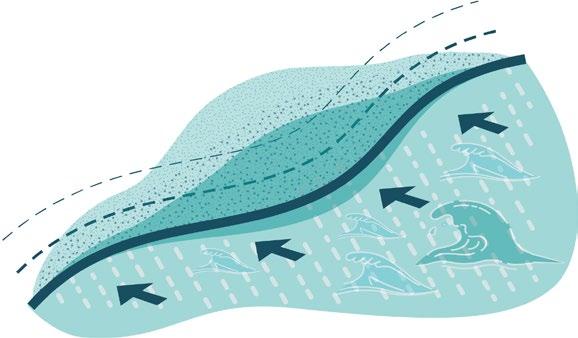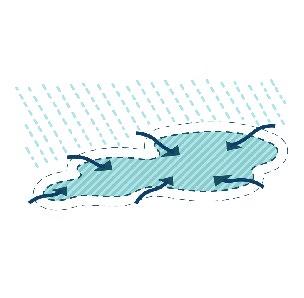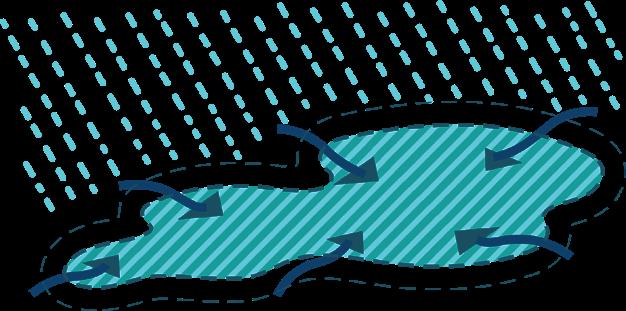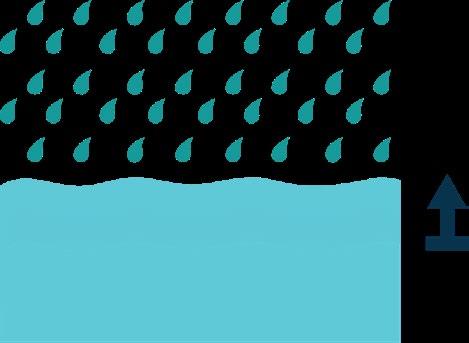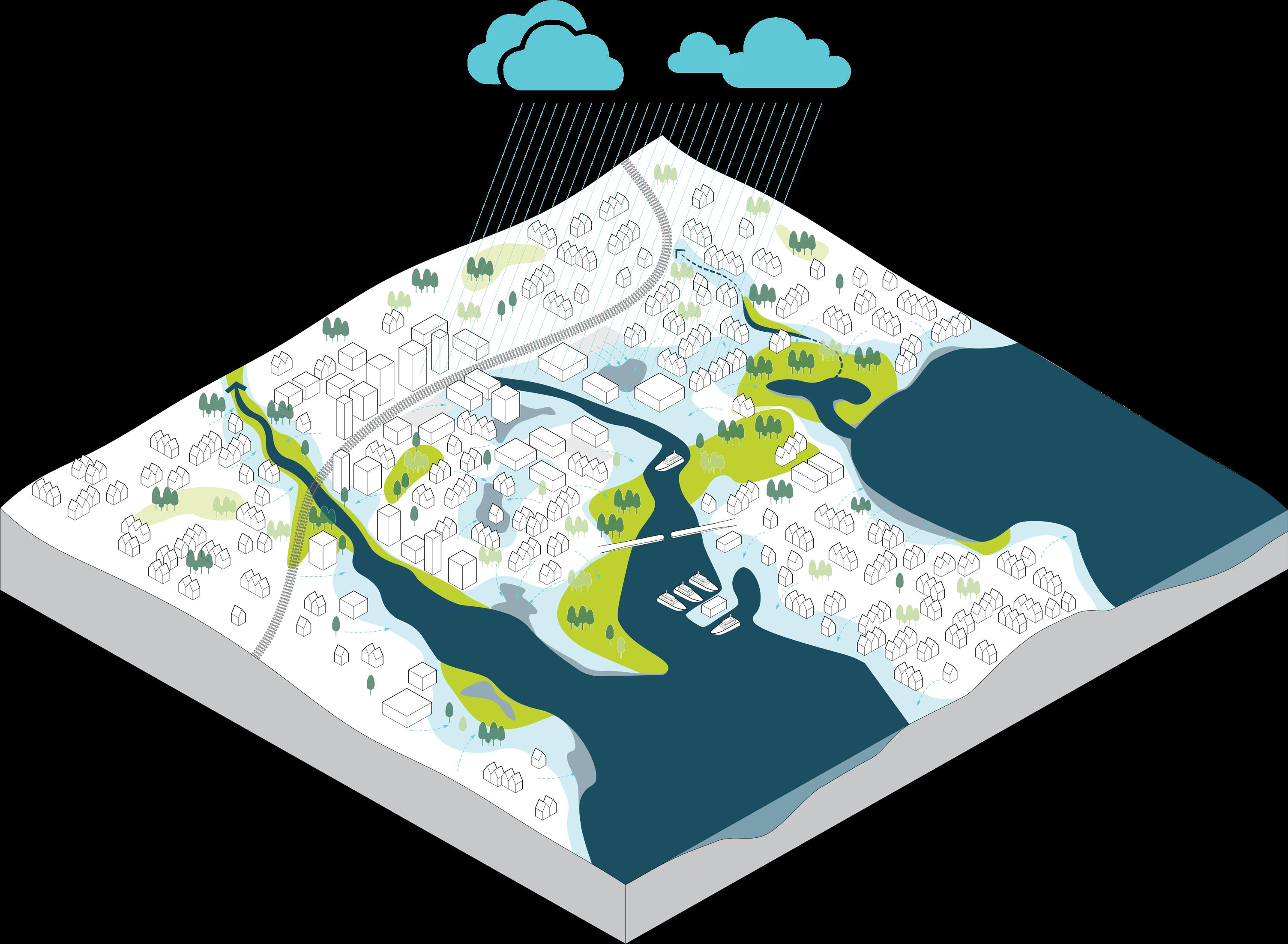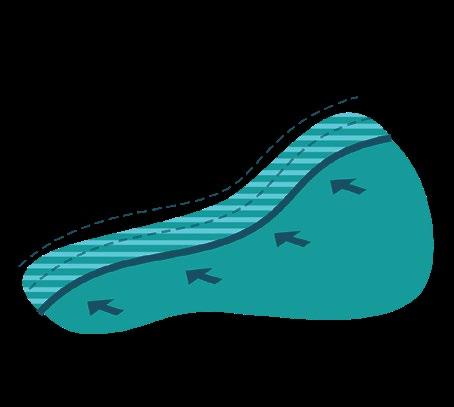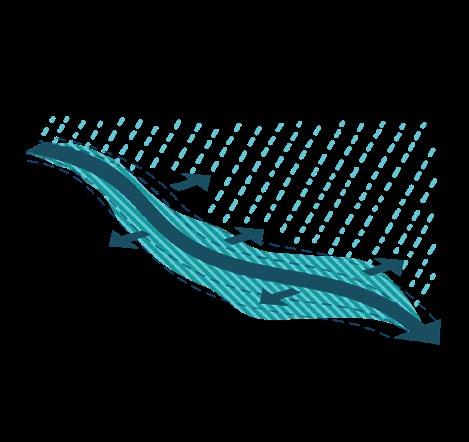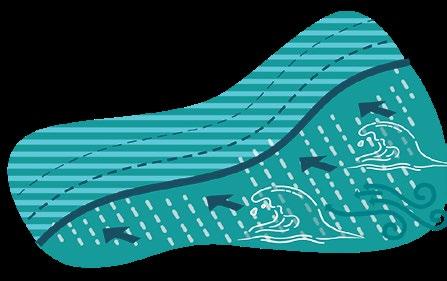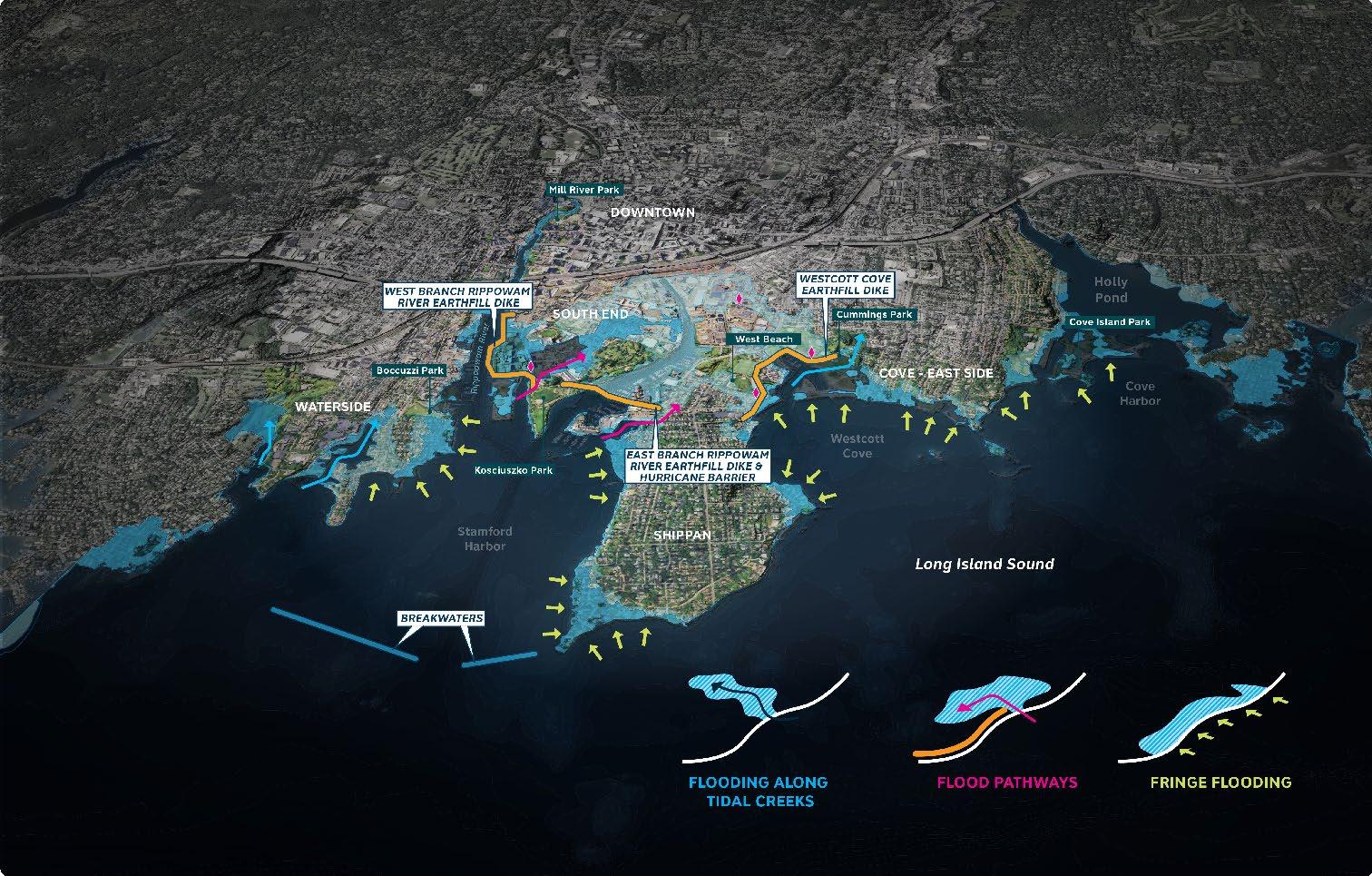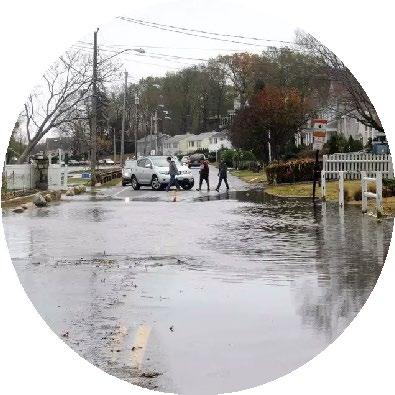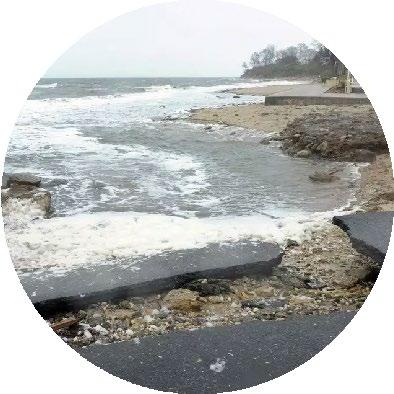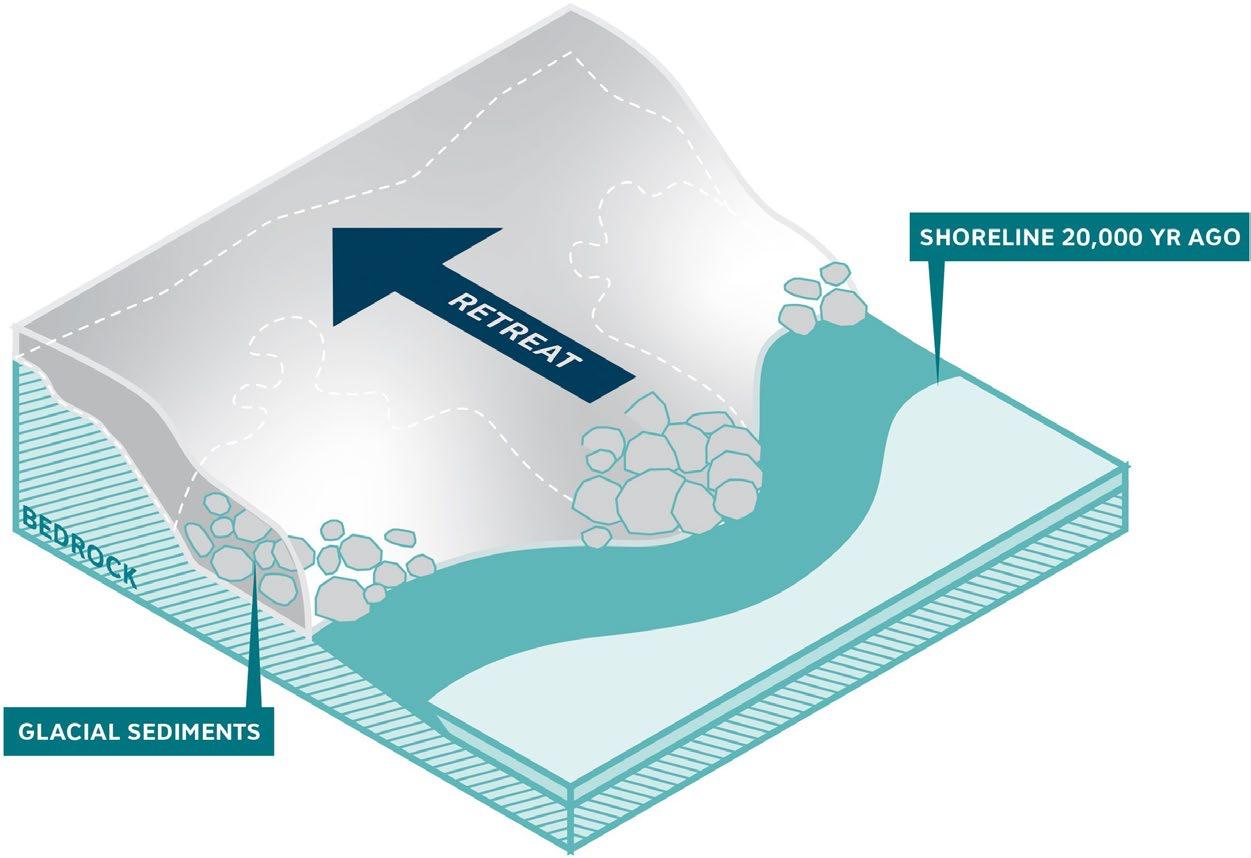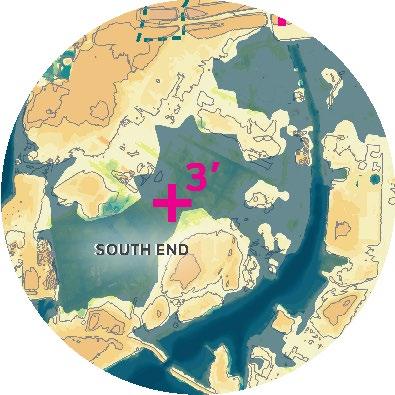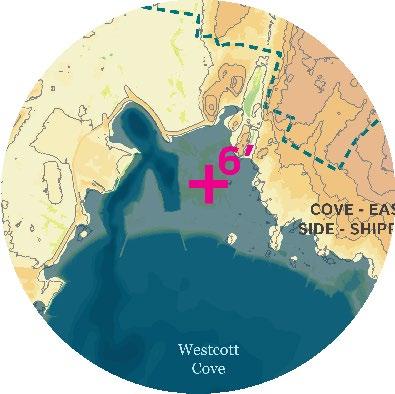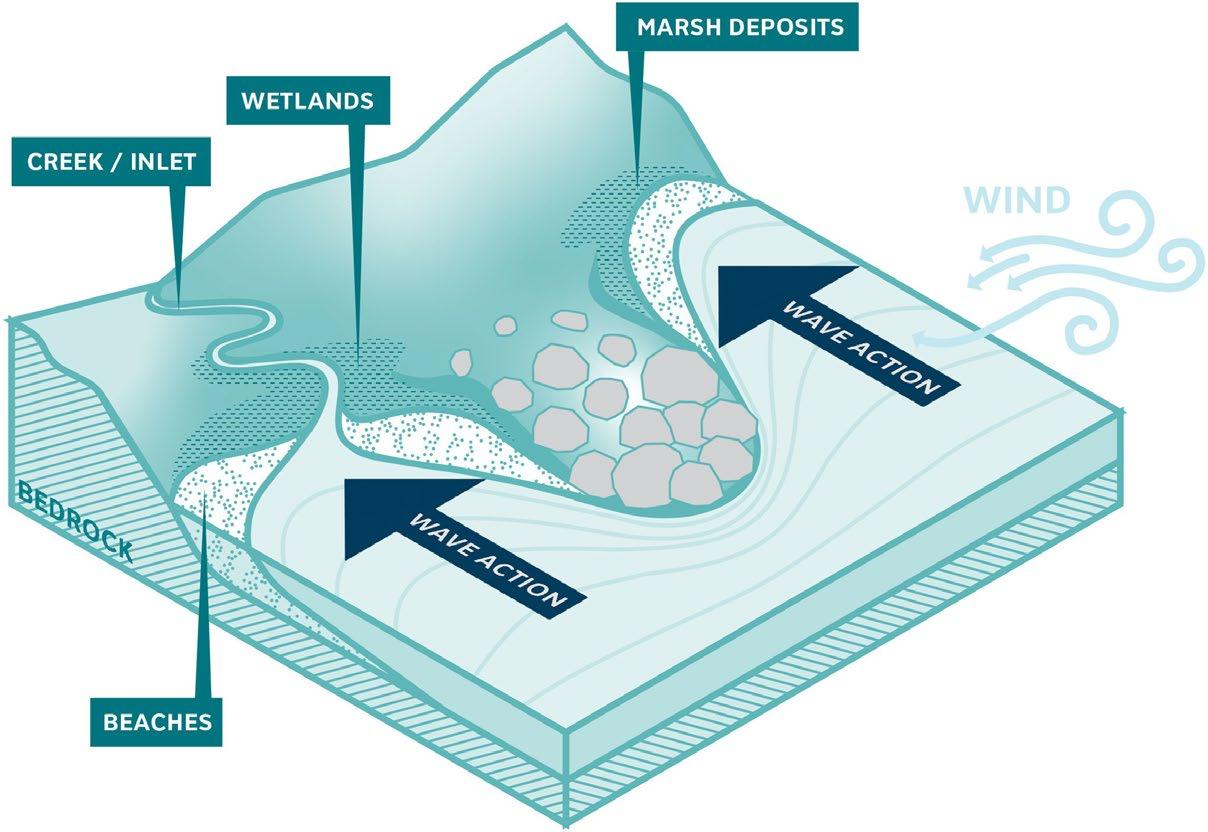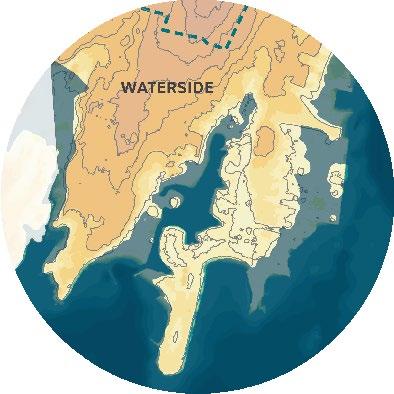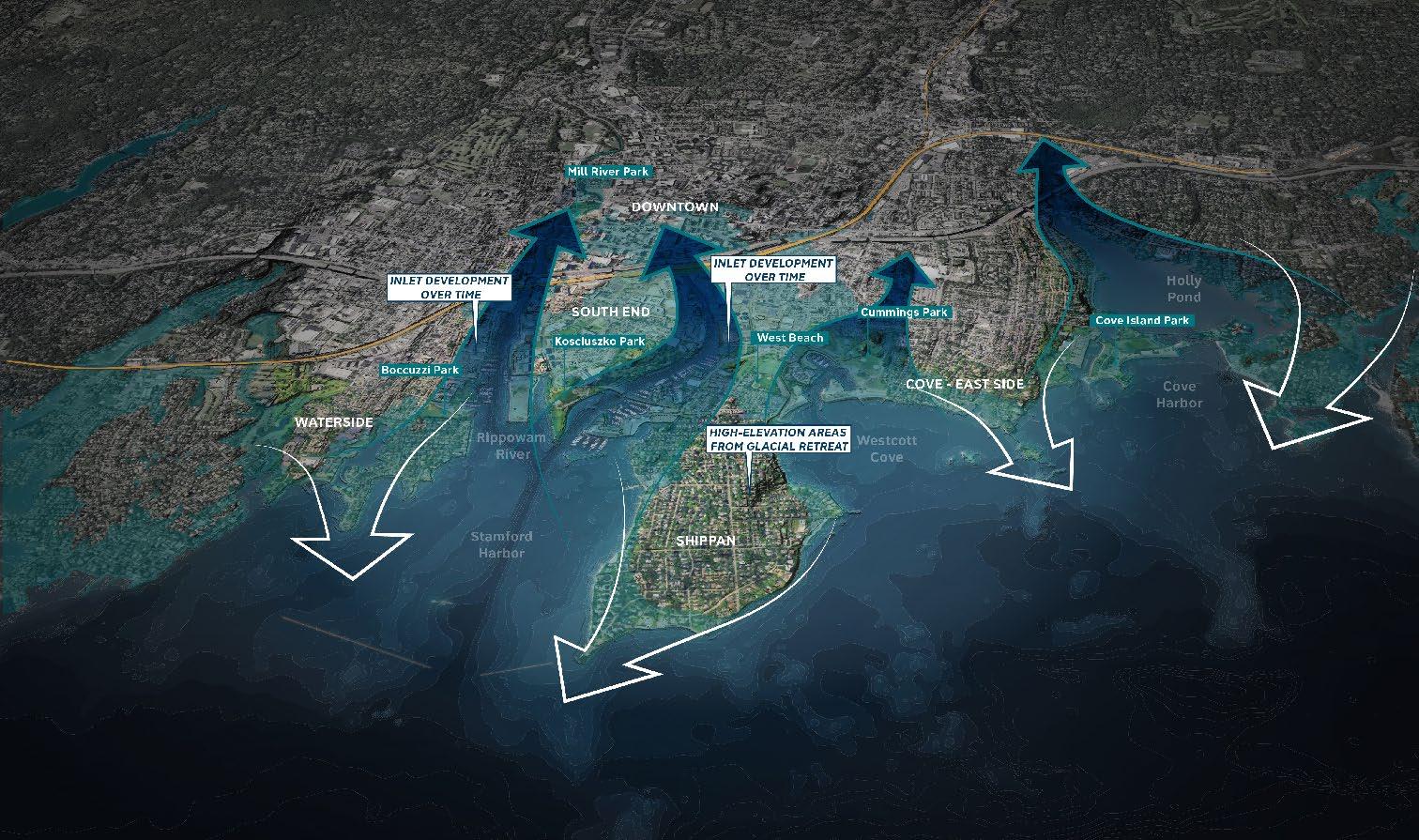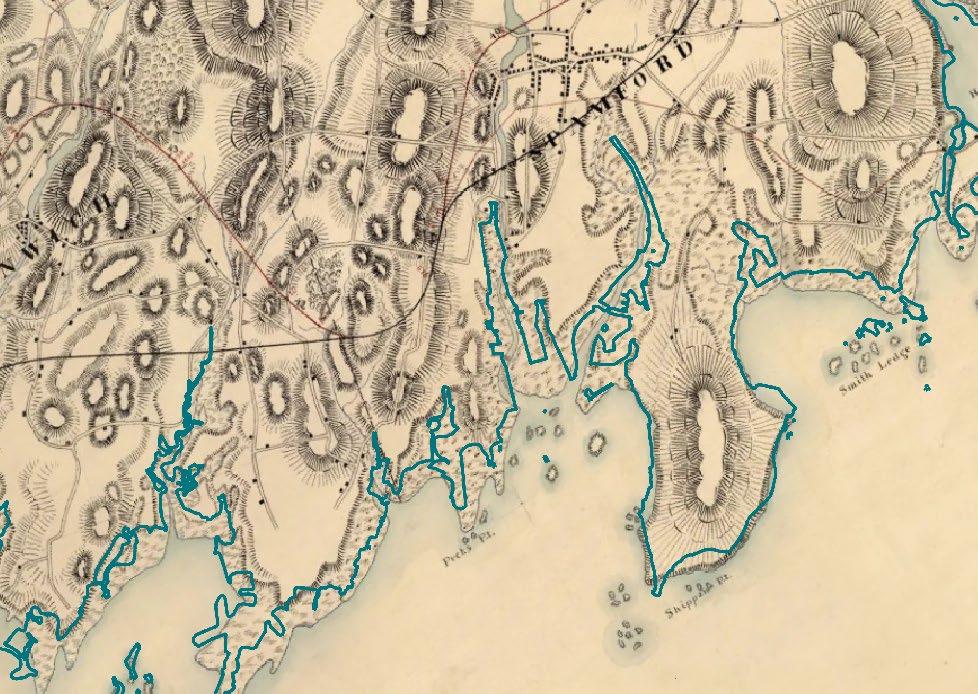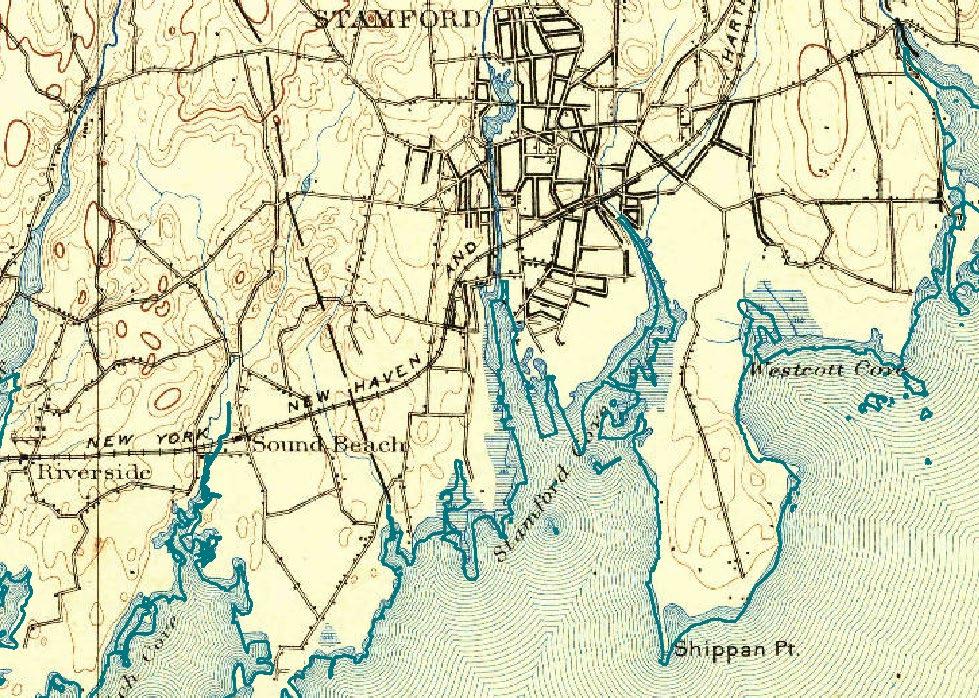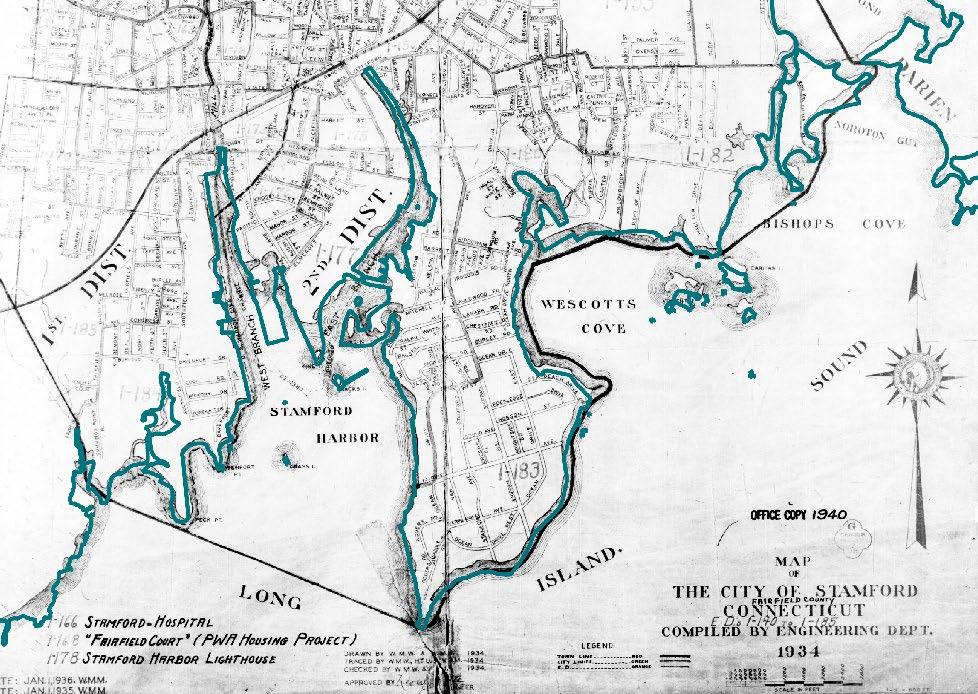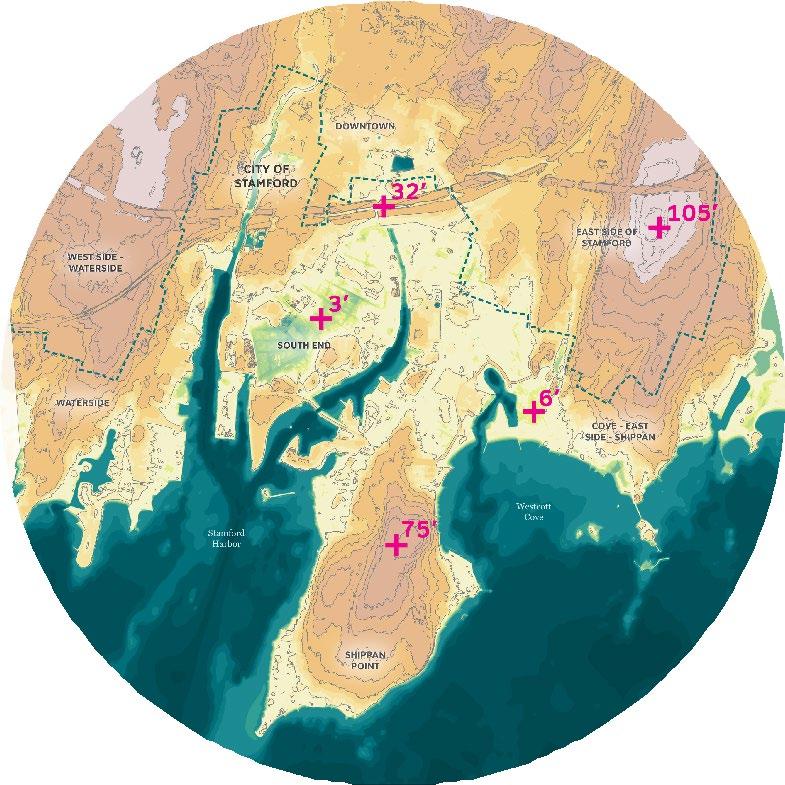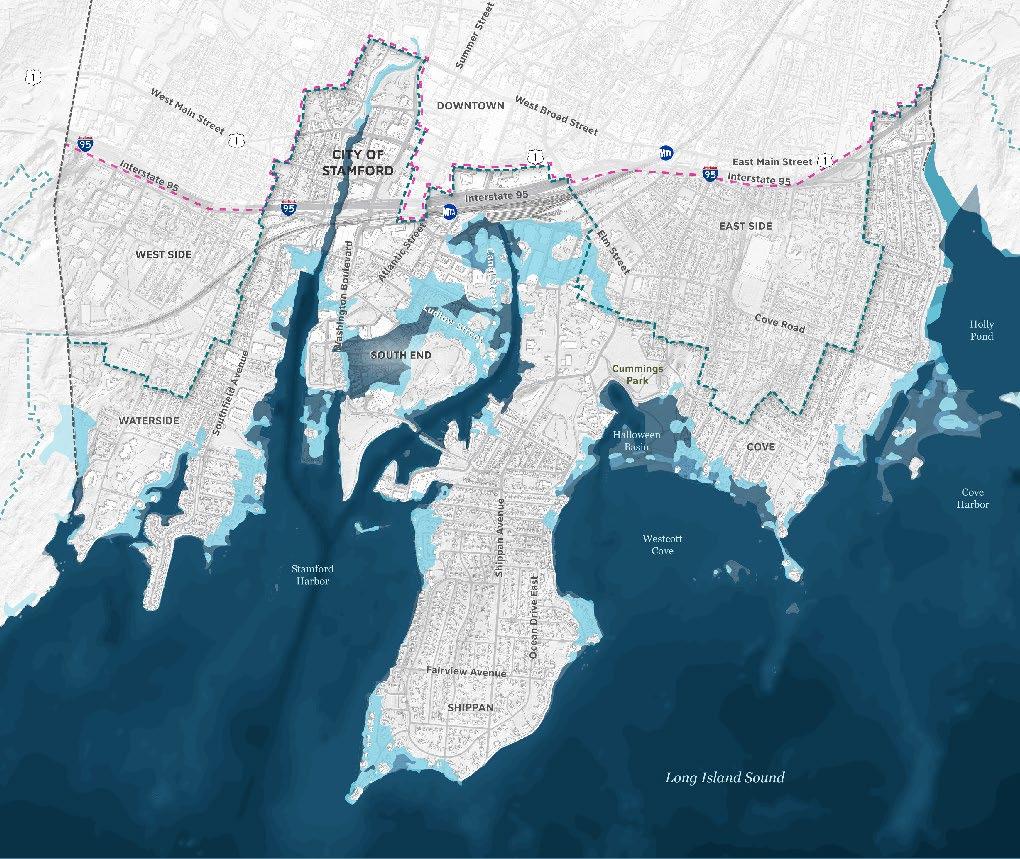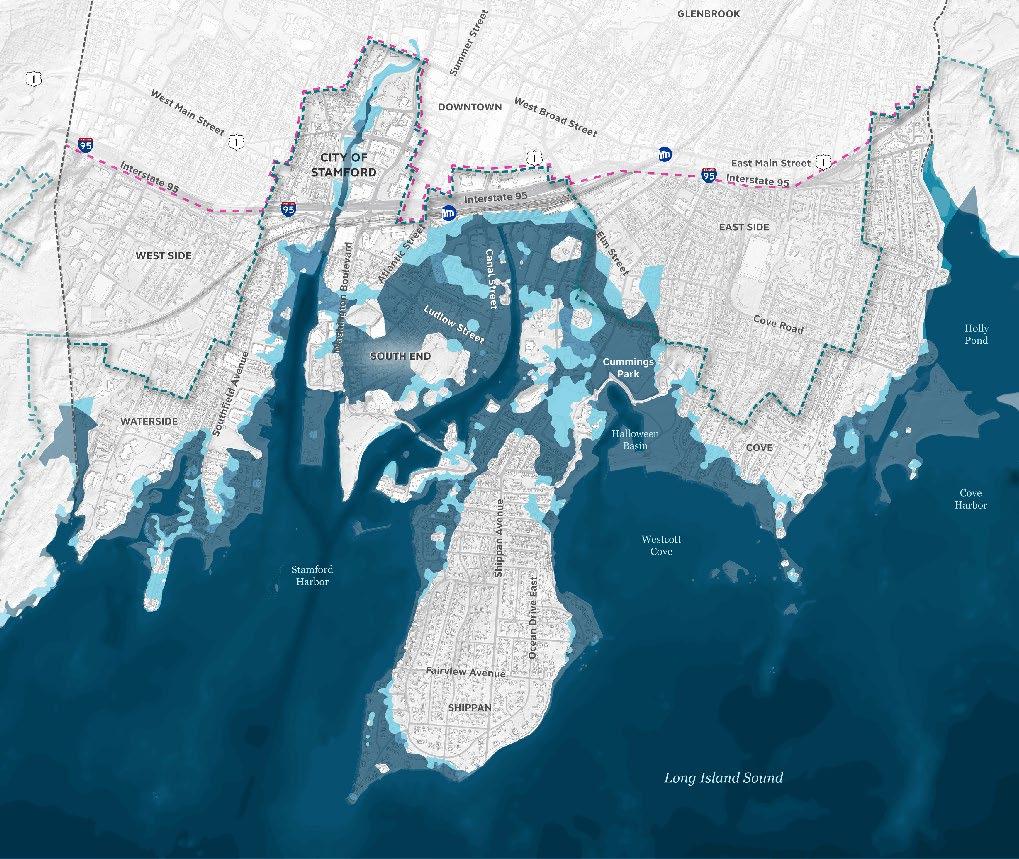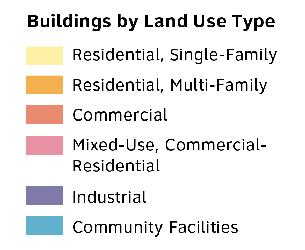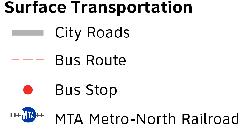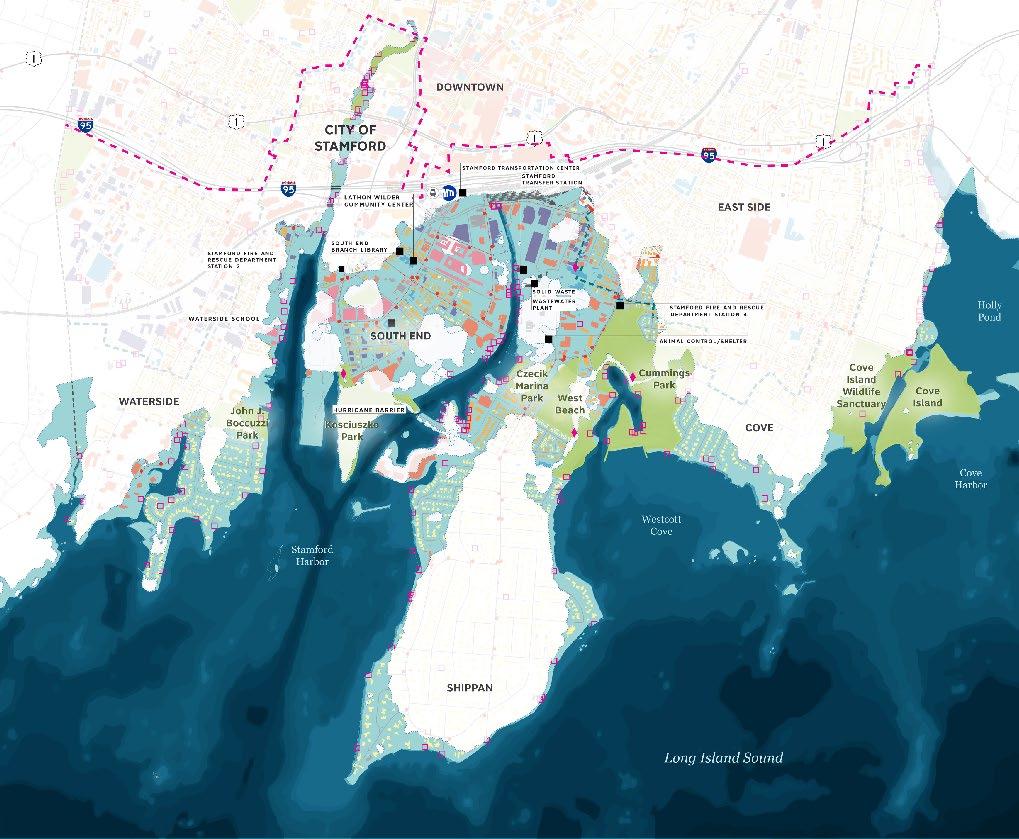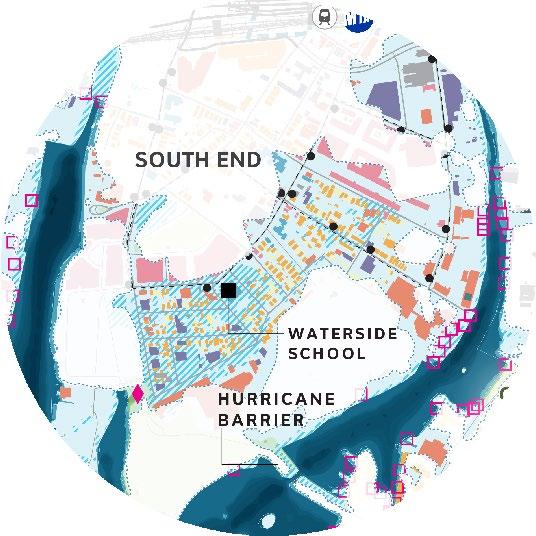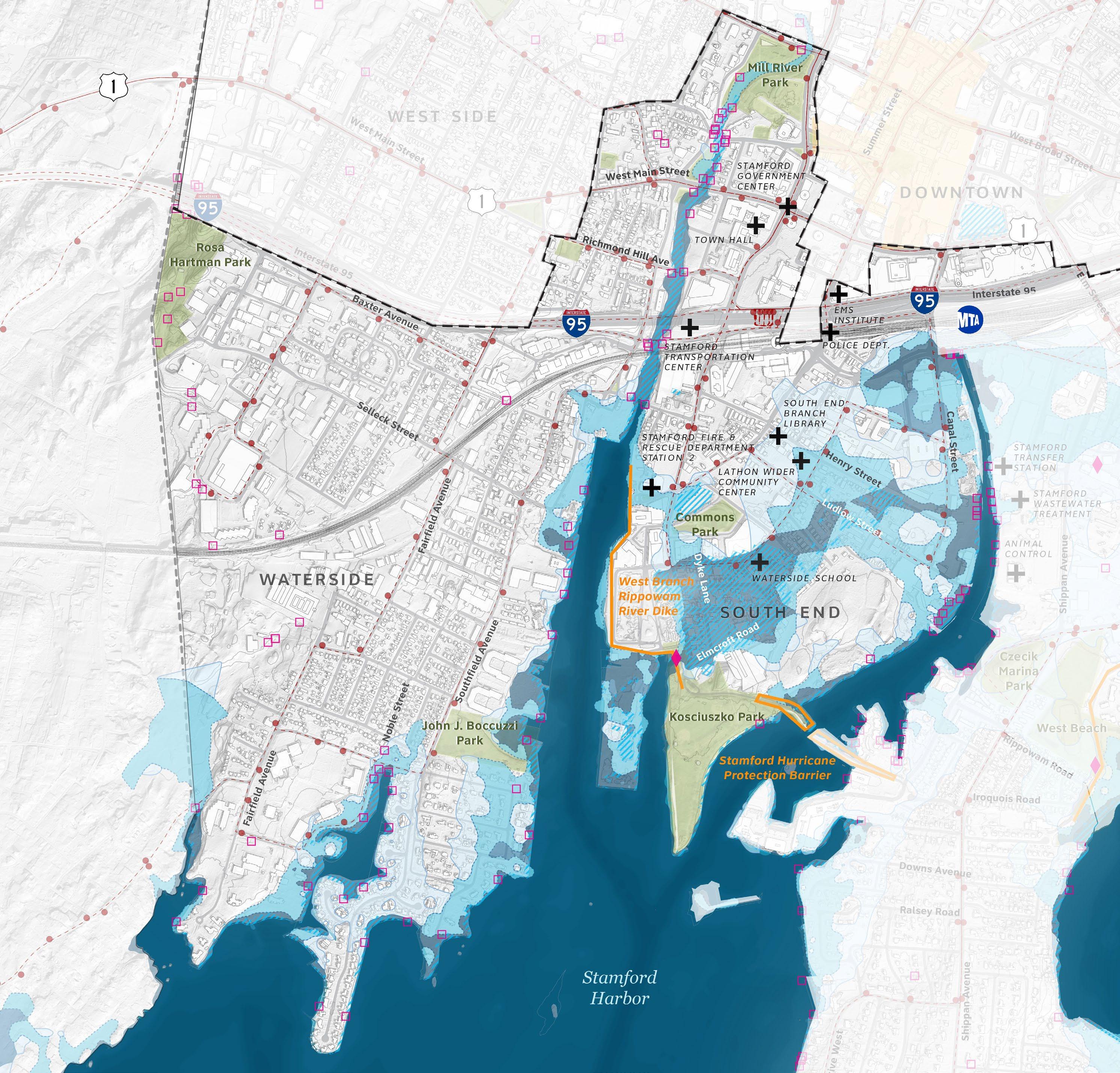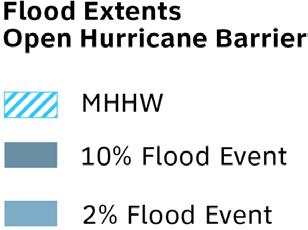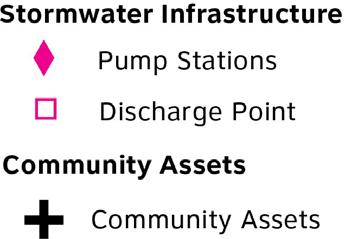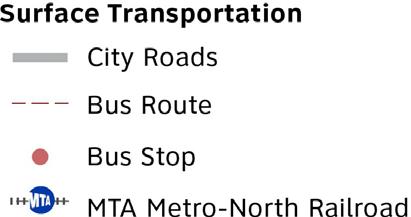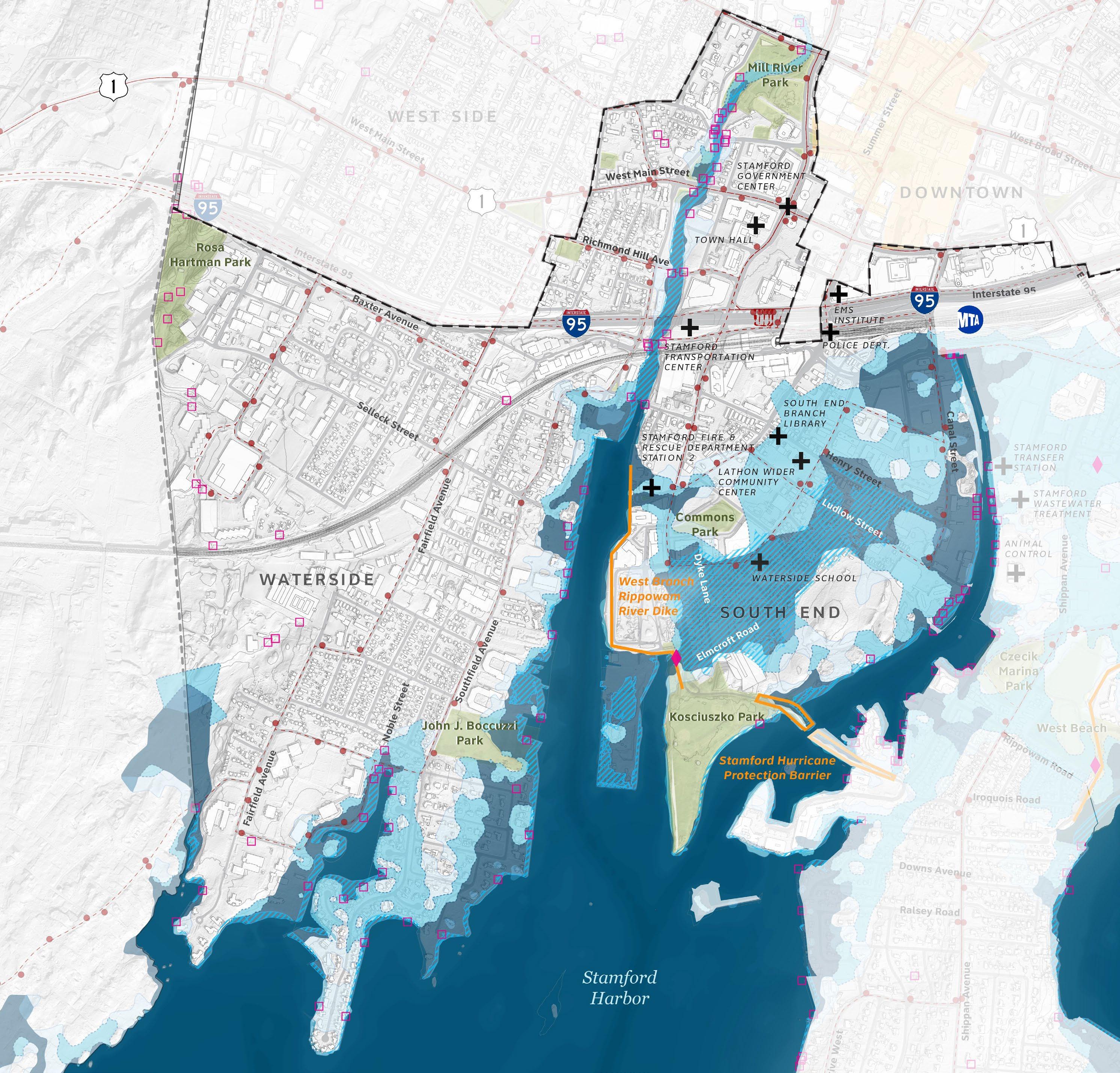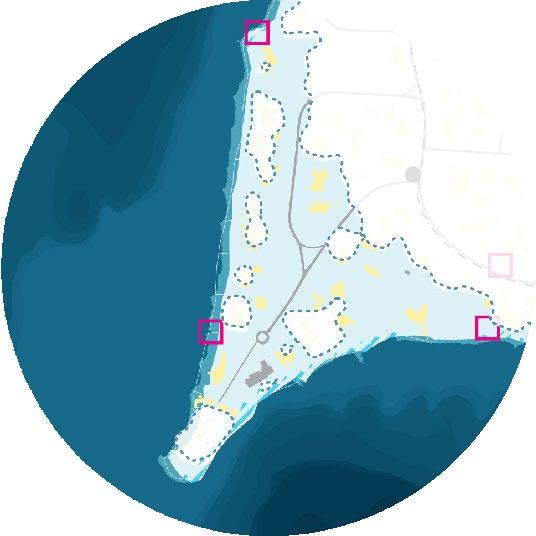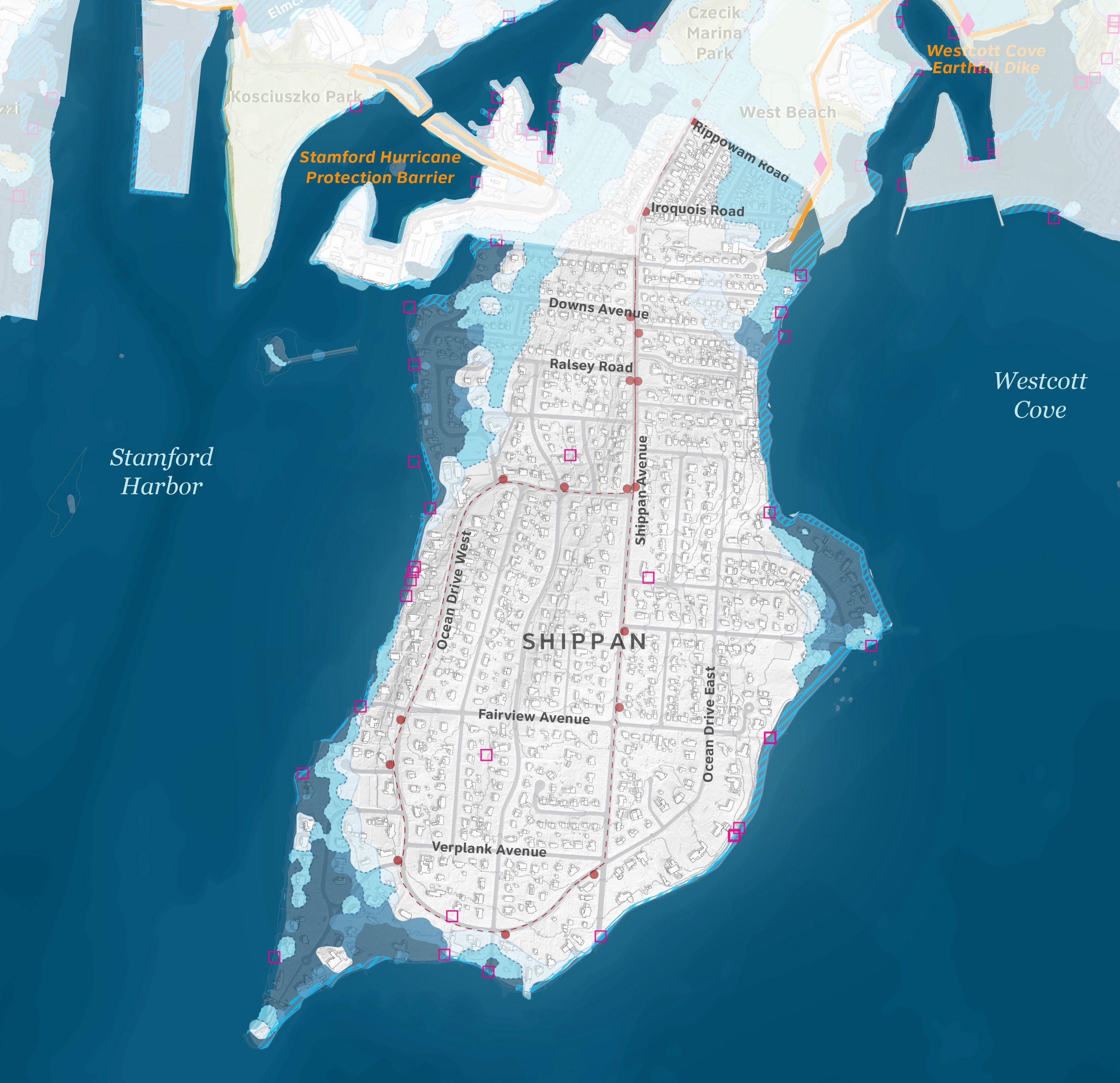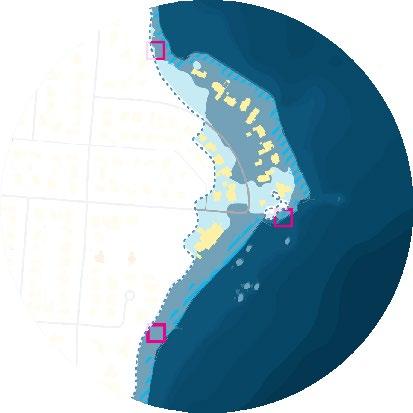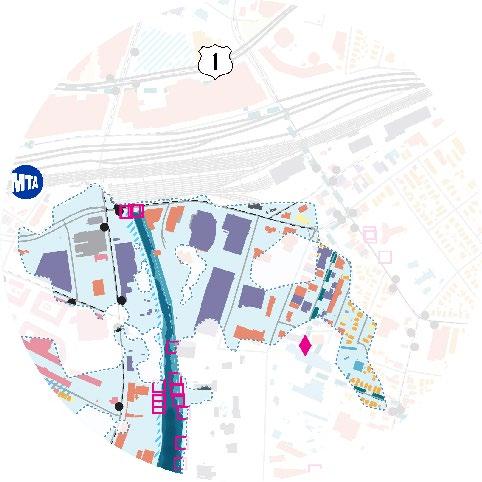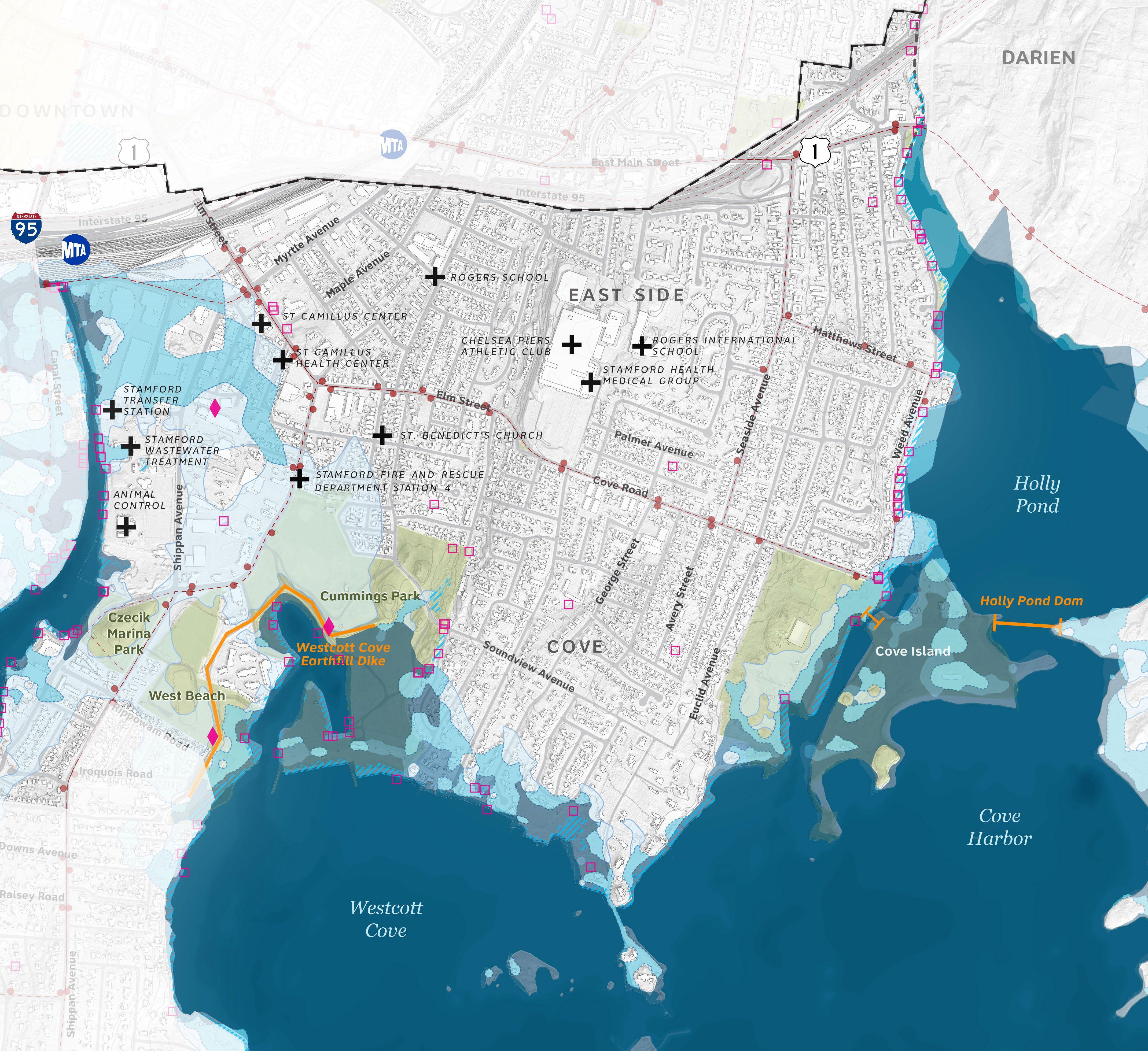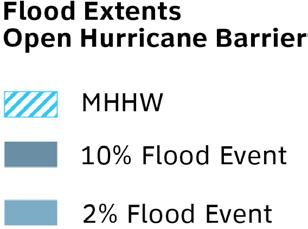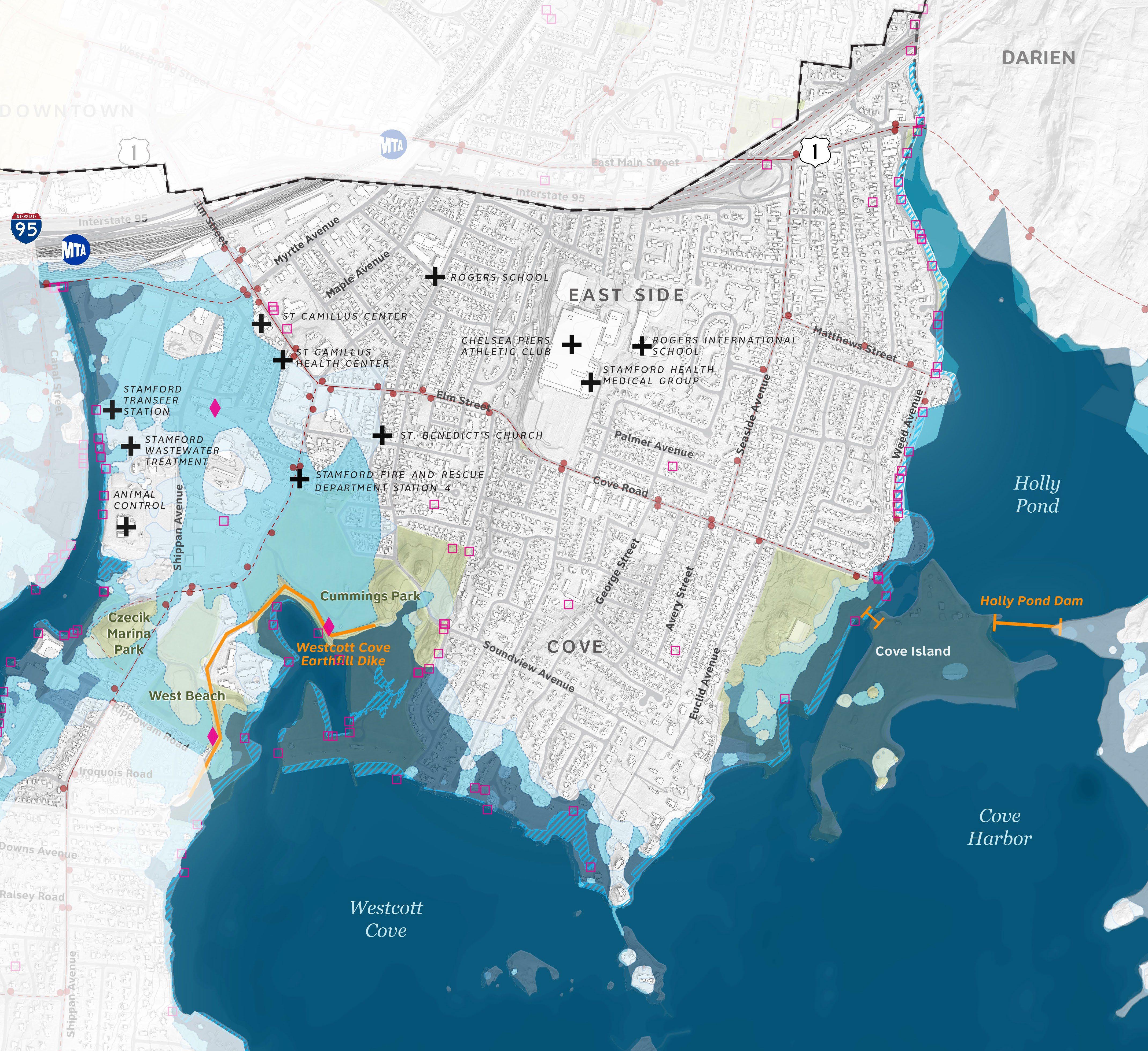Welcome to the Stamford Coastal Resilience Plan

TWO PROJECTS, ONE PROCESS
The Coastal Resilience Plan is a strategy designed to help communities in Stamford prepare for and adapt to the impacts of climate change, particularly coastal hazards like sea level rise, storm surge, and flooding. The project area includes neighborhoods mostly south of the I-95 and in the “Coastal Area Management” boundary.
The Cummings Pond area, like other coastal regions in Stamford, is at risk from both current and future flooding, including the combined impact of coastal and rainfall-driven flooding. Stamford’s Coastal Flood Resilience Plan address coastal flood risks across the entire coastal area, while a detailed assessment of stormwater flooding will also be included in the Cummings Pond sub-area.
WHAT WILL THE PLAN DO?

Establish an updated understanding of current and future coastal flood risk

Prioritize
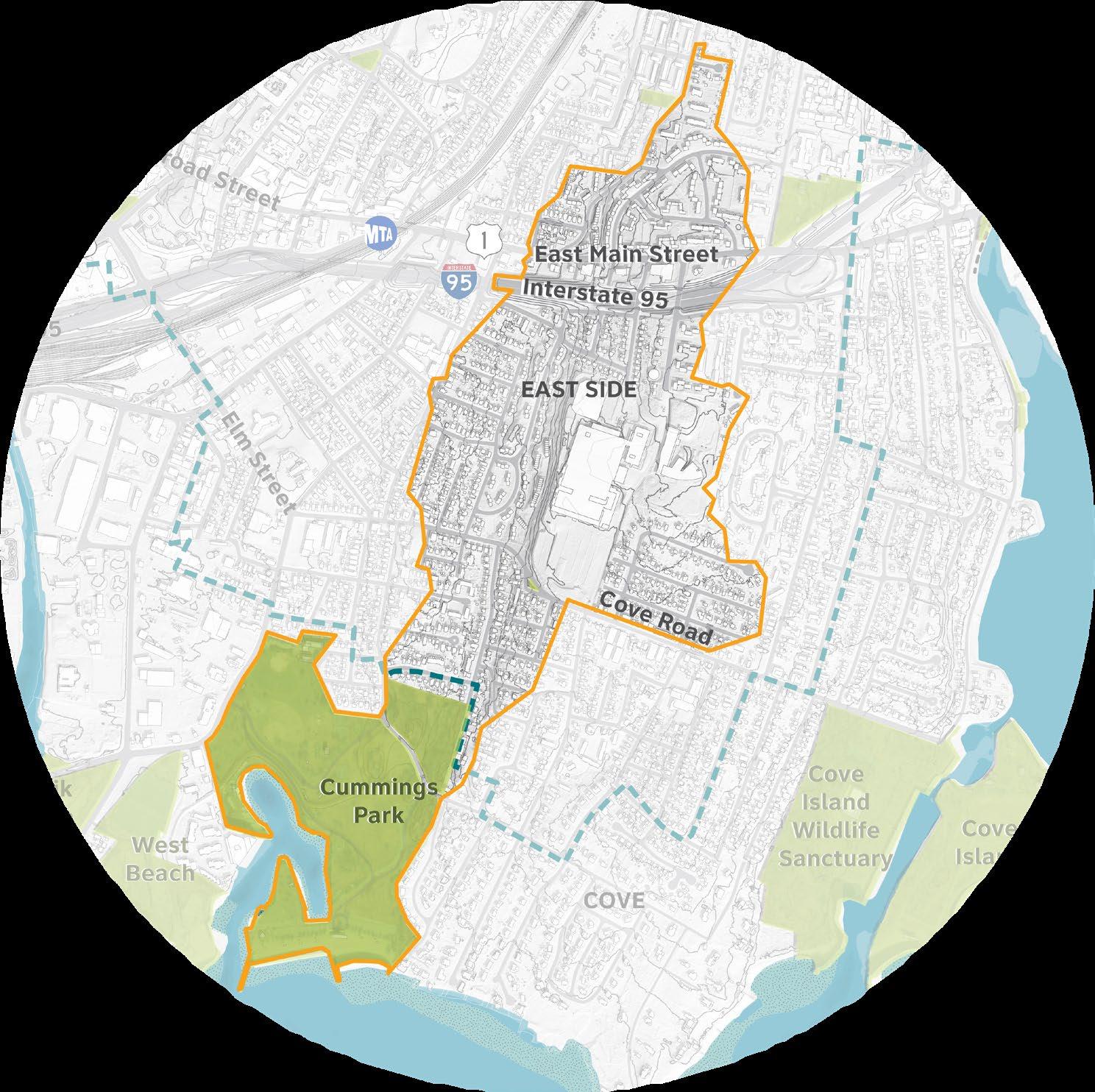
HOW DOES THIS PROCESS UNFOLD AND WHAT’S THE TIMELINE?
Over the next 10 months, the Project Team is working to analyze coastal flood risk, evaluate impact on critical infrastructure and community assets, generate concept level design alternatives, and develop a final plan to help Stamford reduce risk and take action
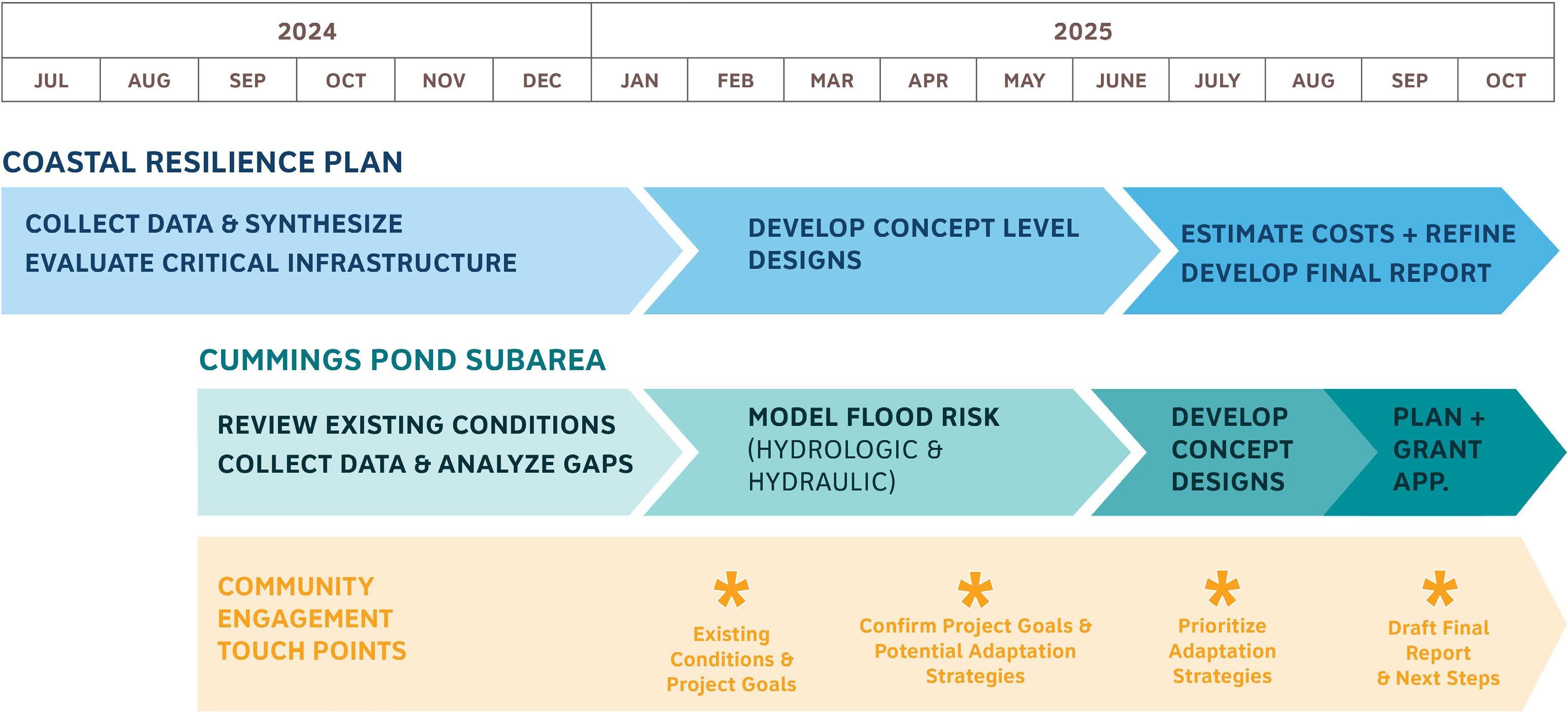
HOW TO STAY INVOLVED?
We’d like to hear from you throughout the process. We will be hosting community workshops throughout the project, and updates will be shared on the project’s website. Public Survey Public Comment Map


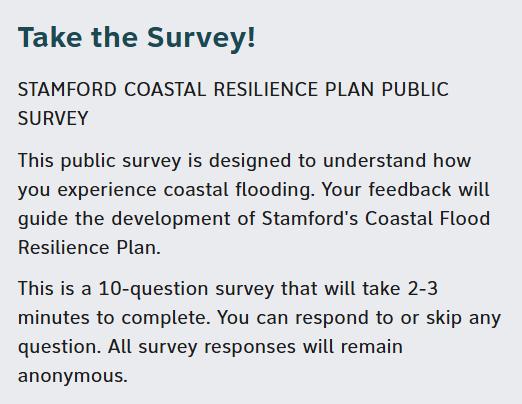
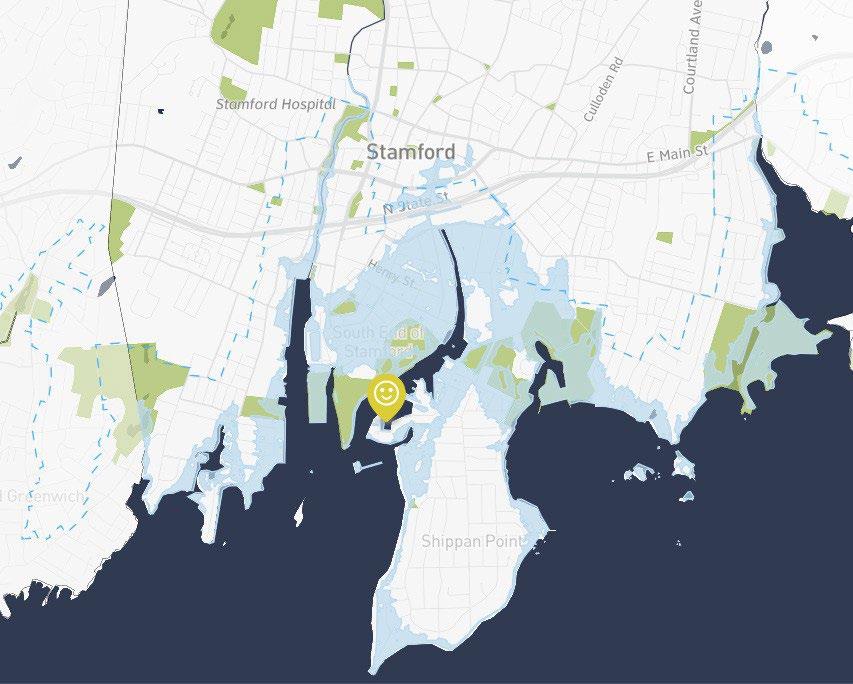

TODAY’S OPEN HOUSE
Learn about the coastal resilience planning process, investigate areas and neighborhoods at risk of coastal flooding, and share your vision for a more resilient Stamford.
Your participation will guide the plan’s vision, inform design concepts, and provide the planning team with valuable feedback about your lived experience with flooding in the city.
OUR TEAM
The City of Stamford and a Technical Advisory Committee is working with Fuss & O’Neill, SCAPE Landscape Architecture, and Woods Hole Group over the next year to reduce risk & take action against growing coastal flood risks.






